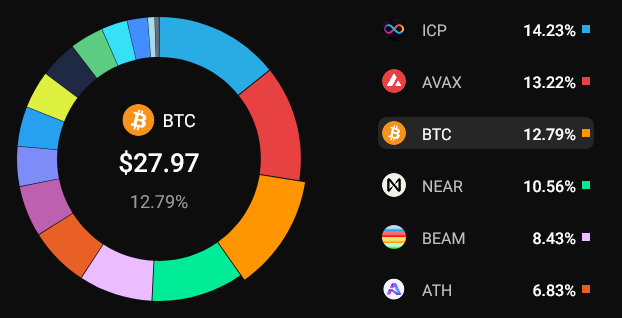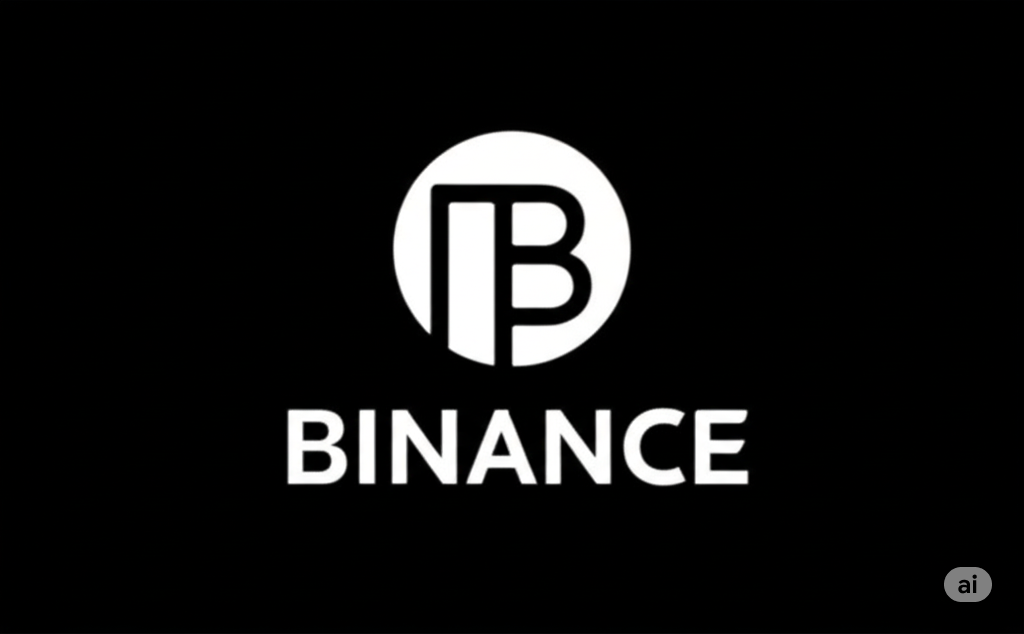The cryptocurrency market moves at lightning speed, making predictions a challenging but fascinating exercise. While no one has a crystal ball, analyzing current trends, technological advancements, and growing adoption can offer insights into what might constitute top-performing crypto portfolios in 2025.
It’s crucial to remember that the cryptocurrency market is highly volatile, and any investment decisions should be based on thorough research and an understanding of your own risk tolerance and financial goals. This blog post explores potential portfolio allocations for illustrative purposes and should not be taken as financial advice.
Factors Shaping the Crypto Landscape in 2025:
Several key factors are likely to influence the cryptocurrency market leading up to and throughout 2025:
- Continued Institutional Adoption: Increasing interest and investment from institutional players can bring significant capital and legitimacy to the market.
- Regulatory Clarity (or Lack Thereof): Regulatory developments across different jurisdictions, including India, will play a crucial role in shaping the growth and adoption of cryptocurrencies.
- Growth of DeFi and Web3: Decentralized Finance (DeFi) and the broader Web3 ecosystem are expected to mature, offering new investment opportunities and use cases.
- Advancements in Layer-1 and Layer-2 Scaling Solutions: The need for faster and cheaper transactions will continue to drive innovation in blockchain scalability.
- Mainstream Adoption of NFTs and the Metaverse: Non-fungible tokens (NFTs) and metaverse projects could see increased mainstream adoption, creating new investment avenues.
- Focus on Sustainability: Environmentally friendly blockchain technologies and projects with a focus on sustainability may gain favor.
- Emerging Use Cases: New and innovative applications of blockchain technology beyond finance could drive the growth of specific cryptocurrencies.
Potential Portfolio Strategies for 2025 (Illustrative Examples):
Based on these potential trends, here are a few illustrative portfolio strategies for 2025, catering to different risk appetites:
1. The “Blue Chip & Growth” Portfolio (Moderate Risk):
This portfolio focuses on established cryptocurrencies with strong fundamentals and projects with significant growth potential.
- Bitcoin (BTC) – 30%: As the flagship cryptocurrency and a store of value, Bitcoin remains a foundational asset for many portfolios.
- Ethereum (ETH) – 25%: The leading smart contract platform continues to be the backbone of DeFi and NFTs.
- Select Layer-1 Alternatives (e.g., SOL, ADA, DOT) – 20%: Allocate to one or two promising Layer-1 protocols that demonstrate strong technology, adoption, and developer activity.
- Leading DeFi Blue Chips (e.g., AAVE, UNI, MKR) – 15%: Gain exposure to established DeFi protocols with proven track records and strong user bases.
- Emerging Web3 Infrastructure (e.g., FIL, ICP) – 10%: Consider allocating a smaller portion to projects building the infrastructure for a decentralized internet.
2. The “DeFi & Metaverse Focused” Portfolio (Higher Risk):
This portfolio leans towards higher-growth potential sectors like DeFi and the Metaverse, acknowledging the increased volatility.
- Ethereum (ETH) – 25%: Essential for participating in the DeFi and NFT ecosystems.
- Leading DeFi Protocols (e.g., AAVE, UNI, CRV) – 30%: Increased allocation to established and innovative DeFi projects.
- Metaverse and Gaming Tokens (e.g., SAND, MANA, AXS) – 20%: Exposure to the growth of virtual worlds and blockchain-based gaming.
- Promising Layer-2 Solutions (e.g., MATIC, ARB, OP) – 15%: Bet on scaling solutions that improve the usability and affordability of Ethereum and other blockchains.
- Select Innovative DApps (Small Allocation) – 10%: Allocate a small portion to promising decentralized applications with unique use cases.
3. The “Emerging Technologies” Portfolio (Very High Risk):
This portfolio targets newer, potentially disruptive technologies with significant upside but also the highest risk of failure.
- Next-Generation Layer-1/Layer-0 Protocols (Small Allocation to Multiple) – 25%: Explore newer blockchain architectures aiming to solve current limitations.
- Decentralized Data Storage and Computing (e.g., FIL, AR) – 20%: Invest in projects focused on decentralized alternatives to traditional cloud services.
- Cutting-Edge DeFi Innovations (Yield Aggregators, Novel Derivatives) – 25%: Seek out the latest advancements in decentralized finance.
- Niche Metaverse and NFT Projects (Carefully Vetted) – 20%: Explore specific metaverse ecosystems or NFT collections with strong communities and utility.
- Select Cross-Chain Interoperability Projects – 10%: Bet on solutions that enable seamless asset and data transfer between different blockchains.
Important Considerations for Building Your 2025 Portfolio (Especially in India):
- Regulatory Landscape in India: Stay updated on any new regulations or clarifications regarding cryptocurrency investments in India. This could significantly impact the viability of certain assets or platforms.
- Availability on Indian Exchanges: Ensure that the cryptocurrencies you are considering are available on reputable and compliant Indian exchanges.
- Taxation Rules in India: Understand the tax implications of your crypto investments in India and factor them into your investment strategy.
- Your Risk Tolerance: Be honest with yourself about how much risk you are comfortable taking. The portfolios outlined above range from moderate to very high risk.
- Thorough Research (DYOR): Never invest in a cryptocurrency based solely on hype or speculation. Understand the project’s fundamentals, team, technology, and community.
- Long-Term Vision: Cryptocurrency investing, especially in emerging sectors, often requires a long-term perspective. Be prepared for potential volatility and avoid making impulsive decisions based on short-term price swings.
- Diversification is Key: Even within these illustrative portfolios, further diversification across different types of projects and market capitalizations is recommended.
- Secure Storage: If you plan to hold your cryptocurrencies for the long term, consider using secure storage solutions like hardware wallets.
Disclaimer: This blog post is for informational purposes only and does not constitute financial advice. Cryptocurrency investments are subject to high market risk. Please conduct your own thorough research and consult with a qualified financial advisor before making any investment decisions.












Leave a Reply